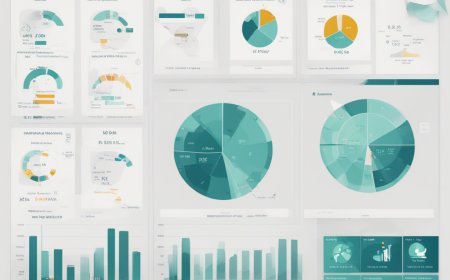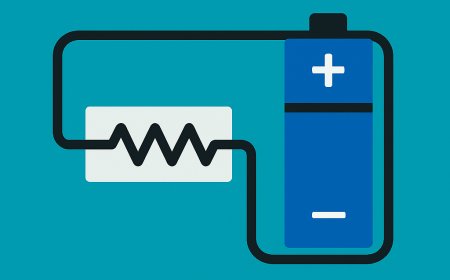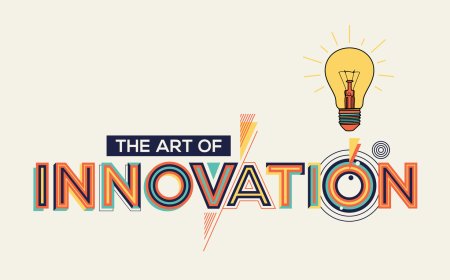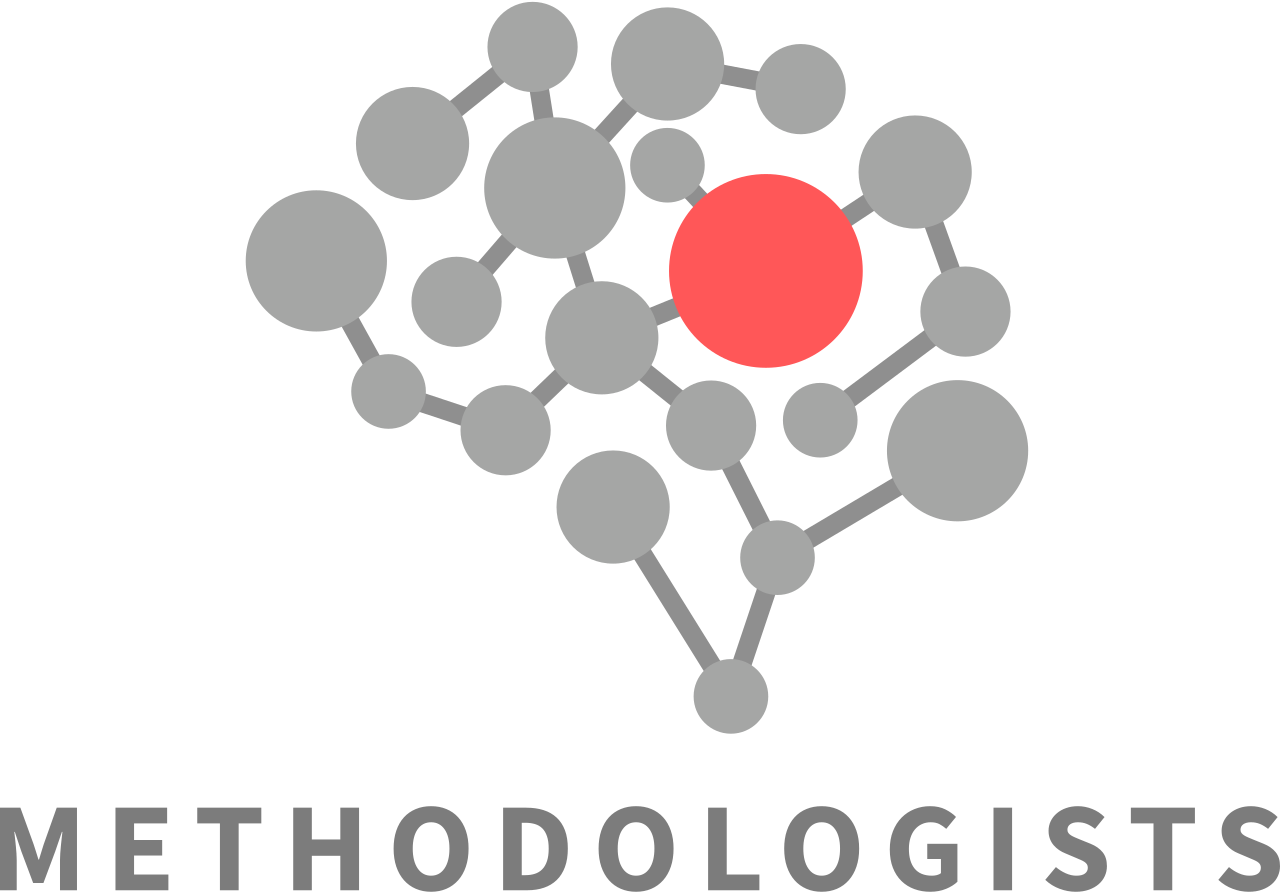A Comprehensive Guide to Data Governance
Unlock the power of your data with our Comprehensive Guide to Data Governance. Learn about strategies, best practices, and tools to improve data quality, ensure compliance, and drive your business forward. Start your journey to effective data management today.

In the modern business landscape, data is a valuable resource that can provide significant insights and drive strategic decision-making. However, managing this resource effectively and ethically requires a robust system. This is where data governance comes into play. In this comprehensive guide, we'll explore what data governance is, its importance, its framework, and the tools required for its implementation.
Understanding Data Governance
Data governance is a set of processes, roles, guidelines, and metrics that ensure the proper management of data within an organization. It is about defining who has the authority to perform what actions on specific data, in specific situations, using specific methods. The primary goal of data governance is to ensure that data is accurate, accessible, reliable, and secure, thereby enhancing its usability within the organization.
Importance of Data Governance
Effective data governance is crucial for various reasons.
Ensuring Consistency and Accuracy of Data
Data governance ensures consistency and accuracy of data across the entire organization. Without effective governance, discrepancies in data across different systems might go unresolved, leading to data integrity issues that could affect business intelligence, reporting, and analytics applications.
Facilitating Regulatory Compliance
Data governance also aids in regulatory compliance. With the increasing number of data privacy and protection laws, effective data governance becomes a necessity. It ensures the development of common data definitions and standard data formats, thereby enhancing data consistency for both business and compliance purposes.
Improving Business Decision-Making
Data governance enables organizations to make better business decisions by providing accurate and reliable information. By ensuring data quality and accessibility, it enables data scientists, analysts, and business users to get the data they need, thereby improving business decision-making and potentially leading to competitive advantages and increased revenue.
Key Components of Data Governance
A well-designed data governance program typically includes several key components.
People
The program involves various individuals within the organization, including business executives, data management professionals, IT staff, and end users. The key roles include the chief data officer, who oversees the program, the data governance manager and team, who coordinate the process, and data stewards, who oversee data sets and ensure compliance with policies.
Processes
The data governance program involves a set of processes designed to enforce the policies and rules. These processes include data mapping and classification, the creation of a business glossary, and the establishment of a data catalog.
Technologies
Technologies play a significant role in data governance. Data governance software can automate aspects of managing a governance program, support workflow management, collaboration, and the development of governance policies.
Implementing a Data Governance Framework
Implementing a data governance framework involves a series of steps.
Identifying Data Assets
The first step is to identify data assets and existing informal governance processes. This helps in understanding the current state of data governance within the organization.
Developing Skills
Next, it's important to increase the data literacy and skills of end users. This will help them to properly handle and use the data.
Determining Measurable Success
Deciding how to measure the success of the governance program is a critical step. This involves developing quantifiable metrics, particularly on data quality improvements.
Building the Structure
Once these steps are completed, the structure of the data governance program can be created. This includes staffing the data governance team, identifying data stewards, and formalizing the governance committee.
Best Practices for Implementing Data Governance
To ensure the successful implementation of data governance, it's important to follow some best practices.
Business-Driven Approach
Data governance should be business-driven, involving data owners in the decision-making process. This helps in promoting business buy-in and avoids resistance to governance policies.
Regular Training and Education
Training and education on data governance are necessary to familiarize business users and data analysts with data usage rules and their own responsibility for helping to keep data sets consistent.
Regular Review of Governance Policies
Governance policies should be reviewed regularly to ensure that they are still effective and relevant. This helps in maintaining the quality and integrity of data.
Challenges in Implementing Data Governance
Implementing data governance is not without challenges.
Agreement on Data Definitions and Formats
Different parts of an organization may have differing views of key data entities. These differences need to be resolved as part of the data governance process, which can be a challenging task.
Demonstrating Business Value
Another challenge is demonstrating the business value of data governance. Without upfront documentation of the expected business benefits, getting a governance program approved, funded, and supported can be a struggle.
Governing Big Data
The deployment of big data systems adds new governance needs and challenges. Data governance programs must now deal with a mix of structured, unstructured, and semistructured data, further complicating the governance process.
Data Governance Tools
There are several data governance tools available in the market that can aid in the implementation of data governance. Some of the leading tools include ZDataCloud, Egnyte, IBM Watson Knowledge Catalog, SAP Master Data Governance, and Lyftrondata. These tools offer features such as data cataloging, data quality management, data integration, and data stewardship, thereby helping organizations to effectively govern their data.
Conclusion
Data governance is an essential aspect of modern business operations, ensuring the availability, usability, integrity, and security of enterprise data. By implementing a robust data governance framework and leveraging appropriate tools, organizations can enhance their decision-making capabilities, ensure regulatory compliance, and gain a competitive edge in the market.
Disclaimer: The image(s) featured in this article are for illustrative purposes only and may not directly depict the specific concepts, situations, or individuals discussed in the content. Their purpose is to enhance the reader's understanding and visual experience. Please do not interpret the images as literal representations of the topics addressed.
What's Your Reaction?












































































































